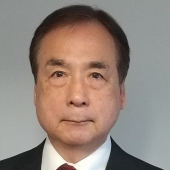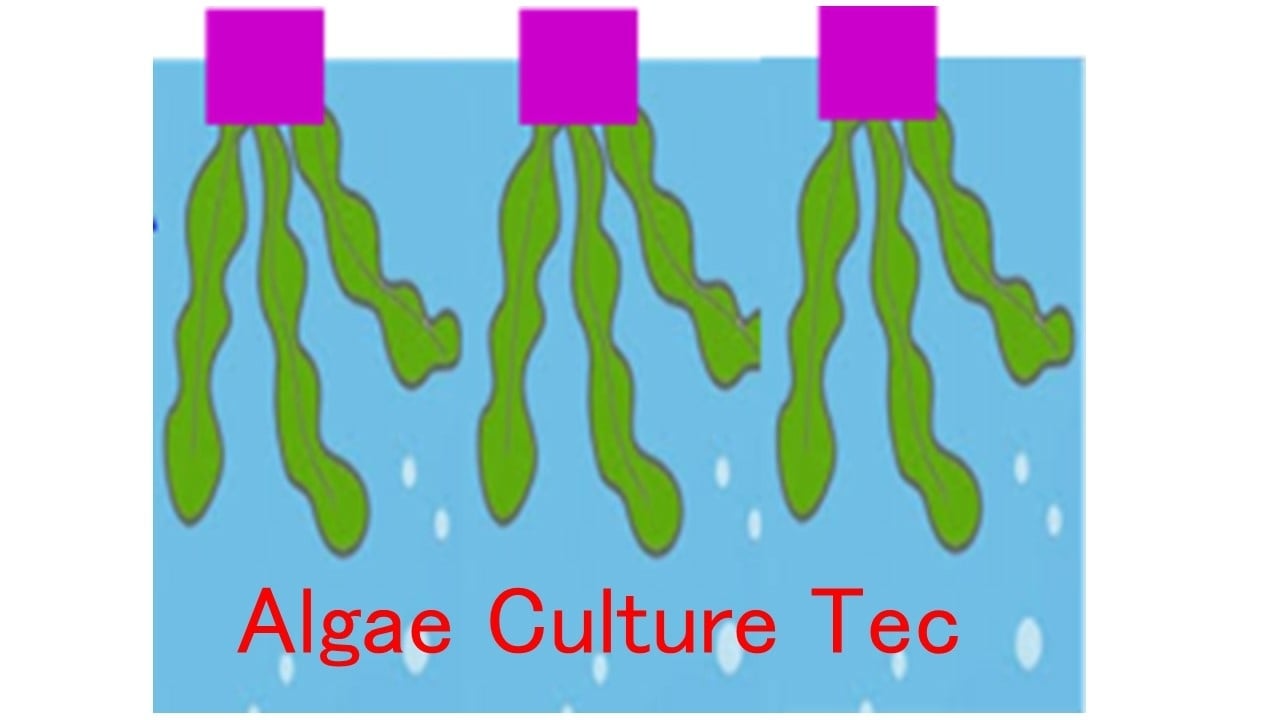


Labor saving seaweed cultivation using floatable block
Masaru Okamoto, President, Algae Culture Tec Corp, Japan
About the speaker:
1980 : Graduate Tsukuba Univ. (Physics)
1982: Complete Master's Course of Tokyo Institute of Tecnology (Energy Science)
1982-2018 Toshiba Corp.
Organisation:

Establishment : 2020
Location : Kawasaki, Japan
Presentation
Seaweed: Chaetomorpha contains high-density glucose, which is a raw material for ethanol and bioplastics. Traditional seaweed farming is labor-intensive and expensive. The floating blocks are made of foamed glass, which is safe and low-cost.
Masaru has demonstrated that Chaetomorpha can attach to the floating blocks. When cultivating seaweed at sea using floating blocks, the blocks with seaweed attached are scattered in the sea and harvested after they grow. Because the blocks with seaweed are on the surface of the sea, all the processes are done mechanically. And because the seaweed is supplied with sufficient sunlight and oxygen, it continues to grow even after the seaweed on the seabed dies. As mentioned above, seaweed farming using floating blocks is labor-saving and low-cost. By drying the residue after ethanol production using exhaust heat from a thermal power plant, it can be used as a substitute for coal, and it is thought that the energy balance can be made positive.

